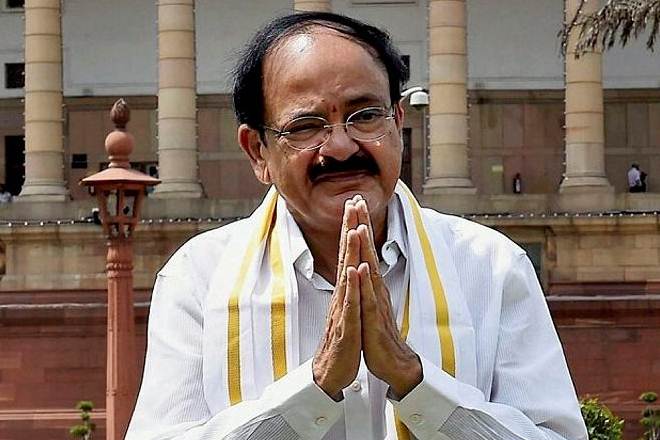While the President of India is a very important personality and the first resident of the country, the vice president is also of utter importance.
Who is a vice president?
The Vice President of India also known as the ‘Uparashtrapati’ is the second-highest constitutional office in India after the President. Article 63 of Indian Constitution states that “There shall be a Vice President of India.” The Vice President acts as President in the absence of the president due to death, resignation, impeachment, or other situations. The current vice president of India is Mr Muppavarapu Venkaiah Naidu who was appointed in 2017. Dr. Sarvepalli Radhakrishnan was the first Vice President of independent India, elected to the office in 1952.
What is his role?
The role of the Vice President is to assist the President in being the nominal head of the Republic of India. The office of the Vice President in India is complementary to that of the President, in that, the Vice President takes over the role of the President in the latter’s absence.
The Vice President shall discharge the functions of the President during the temporary absence of the President due to illness or any other cause due to which the President is unable to carry out his functions and while doing so he immediately ceases to perform the normal functions of being the Chairman of the Council of States. The Vice President shall act as the President, in case of any vacancy in the office of the President by reason of his death, resignation, removal through impeachment or otherwise. The Vice President shall take over the duties of the President until a new President is elected and resumes office.
Important details about the post :
A Vice President has an office term of 5 years that is renewable. The Vice President can be re-elected any number of times. However, the office may be terminated earlier by death, resignation or removal. There is no fixed retirement age to the Vice President, as he or she can remain in the post for five years. He is appointed by the electoral College of India. The Vice President of India is also ex officio Chairperson of the Rajya Sabha. The VP decides whether a bill is a financial bill or not when a bill is introduced in the Rajya Sabha. There is no provision for the salary of the Vice President of India in that capacity. He or she receives a salary in the capacity as the ex officio Chairman of the Rajya Sabha (Council of States), which is currently Rs. 400,000 per month.
Qualifications required to become a Vice President :
In order to become a Vice President, a person must:
Be a citizen of India, Should be of or more than 35 years of age and Not hold any office of profit.
How is The Vice President elected ?
The Vice President is elected indirectly by members of an electoral college consisting of the members of both Houses of Parliament in accordance with the system of Proportional Representation by means of the Single transferable vote and the voting is by secret ballot conducted by election commission. The nomination of a candidate for election to the office of the Vice President must be subscribed by at least 20 electors as proposers and 20 electors as seconders. Any person qualified to be elected and intending to stand for election is required to be nominated by at least twenty members of parliament as proposers, and at least twenty other members of parliament as seconders. The nomination papers are scrutinized by the Returning Officer, and the names of all eligible candidates are added to the ballot. Every candidate has to make a security deposit of Rs. 15,000 in the Reserve Bank of India. The Election Commission conducts the election where the e election is to be held within 60 days of the expiry of the term of office of the outgoing Vice President.
Process:
The method of proportional representation is used by means of a single transferable vote by secret ballot. Voters rank the candidates, assigning 1 to their first preference, 2 to their second preference, and so on. The number of votes required by a candidate to secure the election is calculated by dividing the total number of valid cast votes by two, and adding one to the quotient by disregarding any remainder. If no candidate obtains the required number of first-preference votes, the candidate with the fewest first-preference votes is eliminated and his/her second-preference votes are transferred. The process is repeated until a candidate obtains the requisite number of votes. Nominated members can also participate in the election.
After the election has been held and the votes counted, the Returning Officer declares the result of the election to the electoral college. Thereafter, he/she reports the result to the Central Government and the Election Commission of India and the Central Government publishes the name of the person elected as Vice President, in the Official Gazette. The article 69 of the Constitution of India provides the Oath or Affirmation for the Office of Vice President.
Removal of the Vice President:
How does the Vice President resign?
The Vice President may resign his office by submitting his resignation to the President. The resignation becomes effective from the day it is accepted. The Constitution states that the Vice President can be removed by a resolution of the Rajya Sabha passed by an effective majority. The Supreme Court can also remove the Vice President for committing electoral malpractices and not fulfilling the eligibility criteria for the Rajya Sabha member while in office per Article 71(1) of the constitution.
The Vice President is thus complementary to the President.
